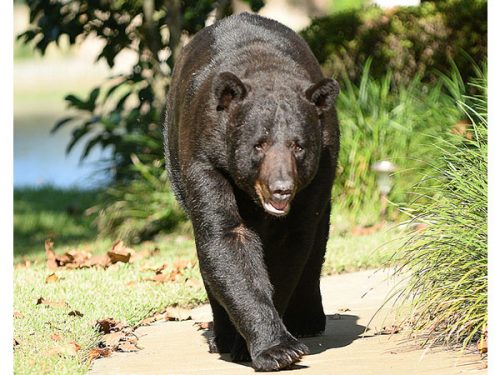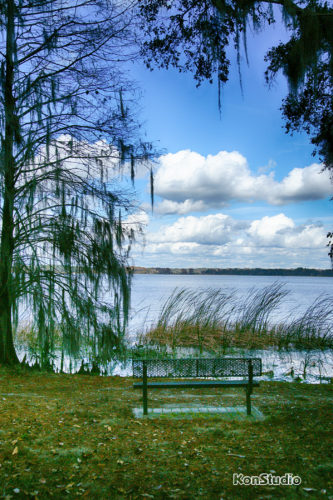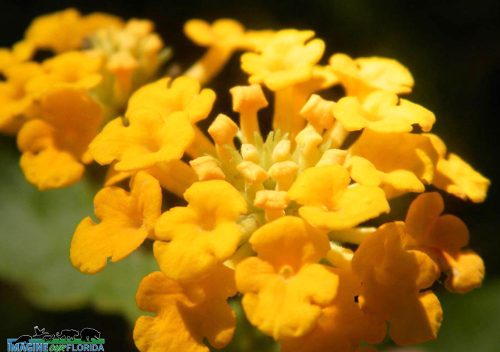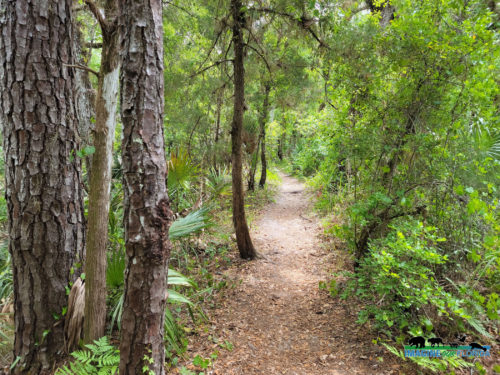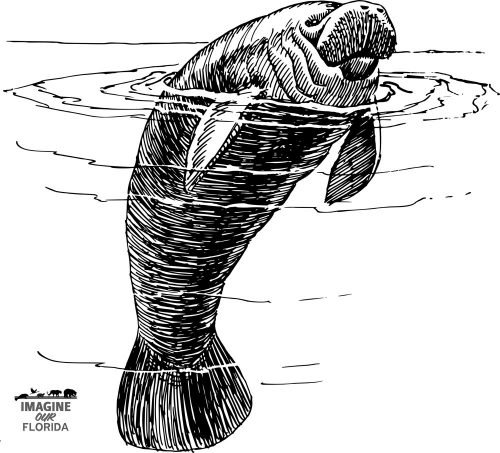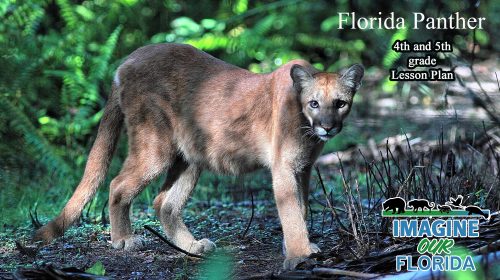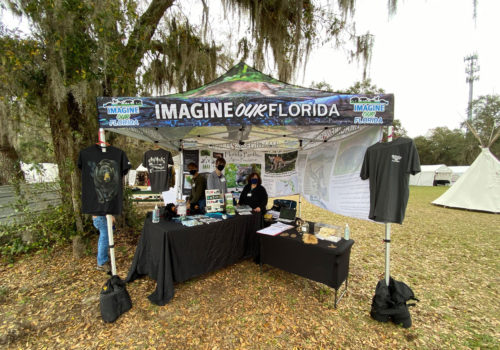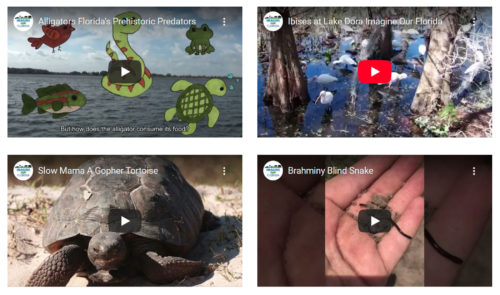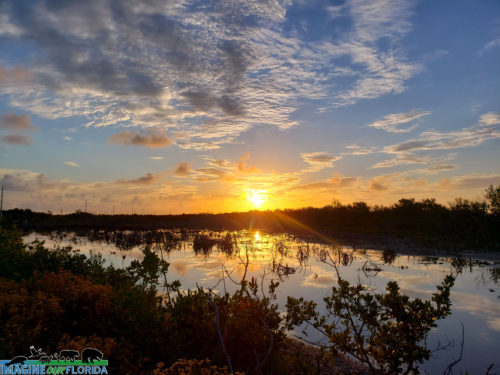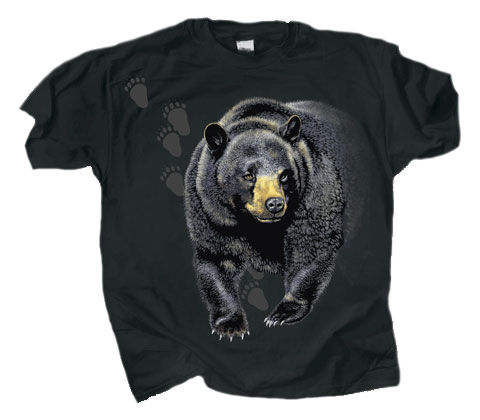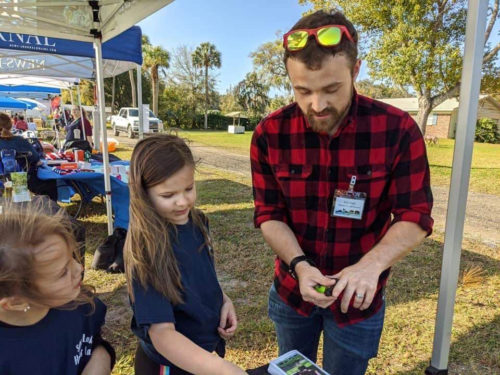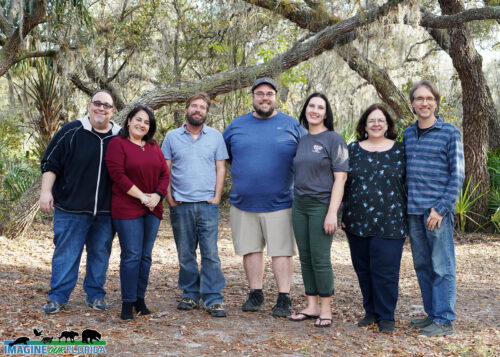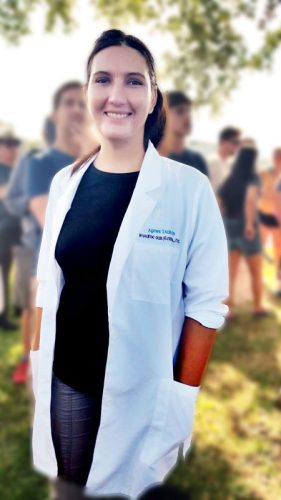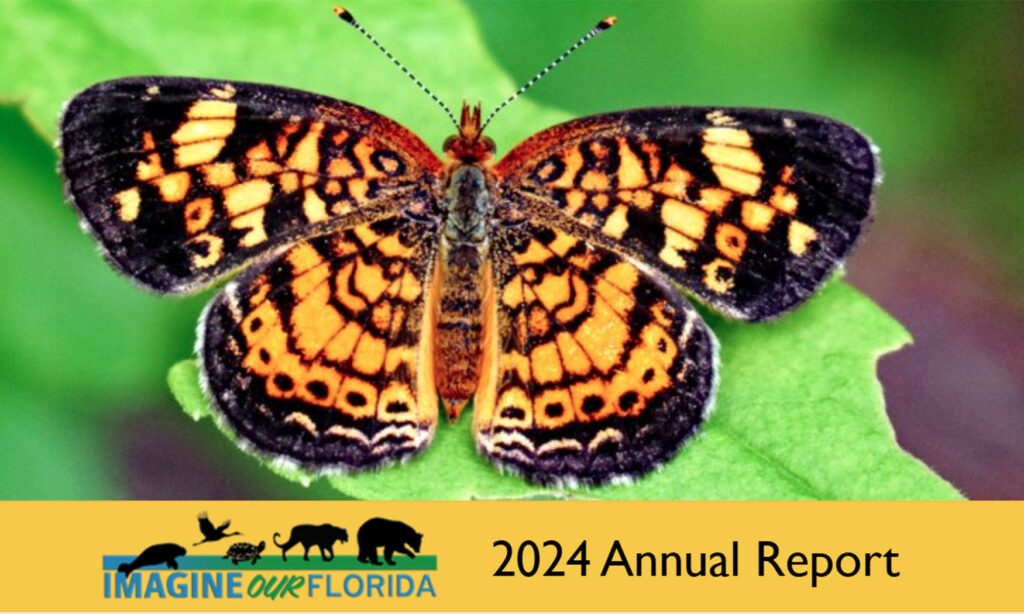Statewide Events since 2017
114
People Impacted since 2022
413,289
Social Media Followers
8569
Volunteers Hours for 2024
391
Social Media Feed
Imagine Our Florida, Inc.
Our purpose is to bring people together in a shared vision to preserve and protect Florida's wildlife, habitat, and ecosystems. We accomplish this via science-based education and the development of appreciation and respect for the natural world and our place within it.

Find Your Representative
Find Your Representative

Meet the newest additions to our red-cockaded woodpecker family! These tiny, feathered residents were recently banded (under USFWS permit) by our incredible biologist Rob and his team as part of our ongoing conservation efforts here at Jonathan Dickinson State Park.
RCWs are a federally threatened species that depend on mature pine forests. The birds were reintroduced in 2020 thanks to initiatives like nest box inserts, translocations of animals from other populations, careful monitoring, prescribed burning, and lots of hard work from a lot of different biologists in and out of the park.
Every banded chick is a step forward for the species and a win for Florida’s native biodiversity!
#RedCockadedWoodpecker #WildlifeConservation #FloridaBirds #EndangeredSpecies #BiodiversityMatters #JDSPWildlife #FloridaStateParks #NativeSpecies #PineForestHabitat #ConservationSuccess #PrescribedFire #WildlifeMonitoring #BirdBanding #JonathanDickinsonStatePark
RCWs are a federally threatened species that depend on mature pine forests. The birds were reintroduced in 2020 thanks to initiatives like nest box inserts, translocations of animals from other populations, careful monitoring, prescribed burning, and lots of hard work from a lot of different biologists in and out of the park.
Every banded chick is a step forward for the species and a win for Florida’s native biodiversity!
#RedCockadedWoodpecker #WildlifeConservation #FloridaBirds #EndangeredSpecies #BiodiversityMatters #JDSPWildlife #FloridaStateParks #NativeSpecies #PineForestHabitat #ConservationSuccess #PrescribedFire #WildlifeMonitoring #BirdBanding #JonathanDickinsonStatePark


